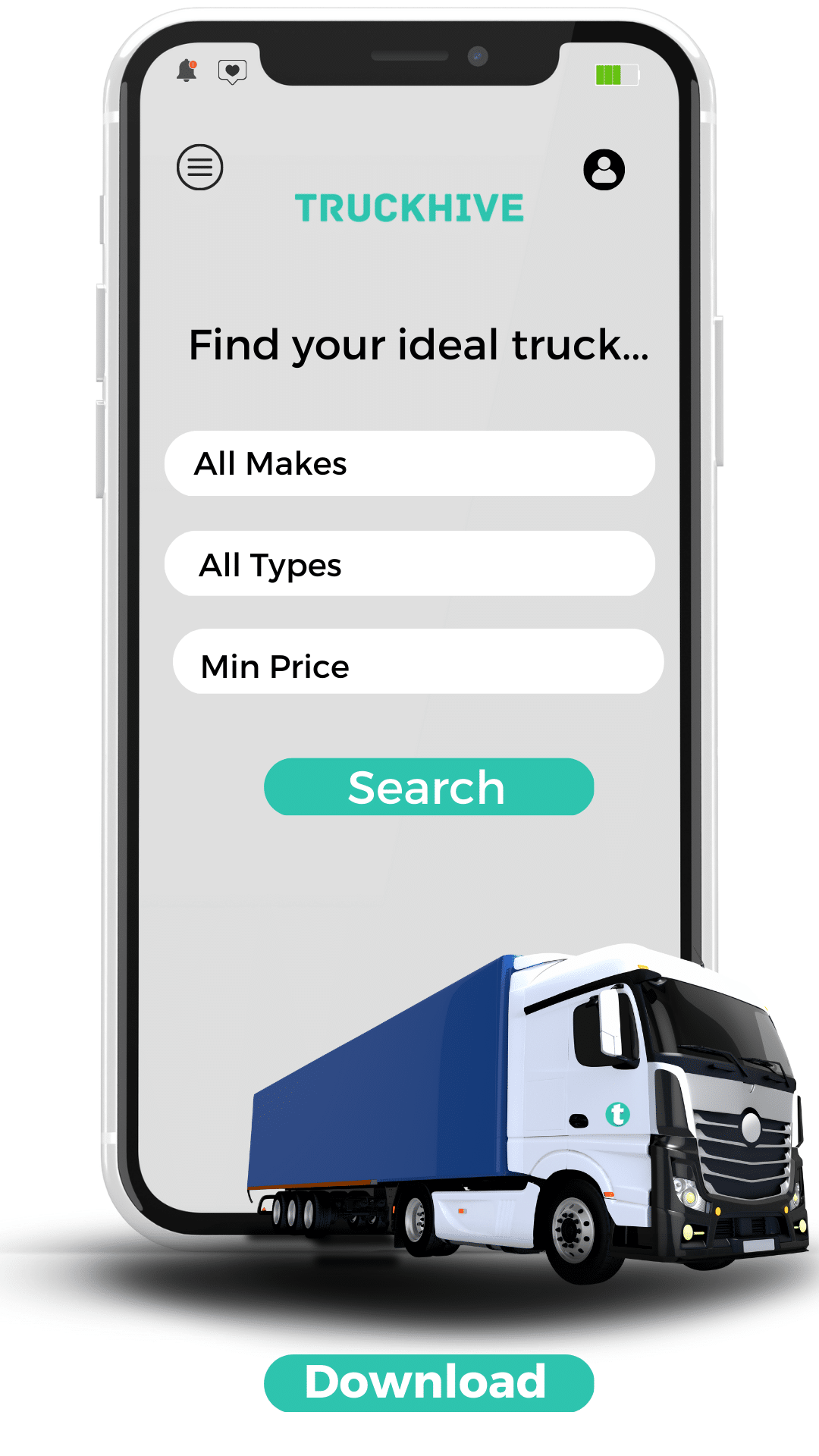

Long-Distance Vs Short-Distance Hauling: Weighing The Pros And Cons In The Logistics Trucking Sector
In the world of logistics and trucking, two primary categories define the scope of operations: long-distance hauling and short-distance hauling.
Each comes with its own set of advantages and disadvantages, making the choice between the two a critical decision for trucking companies and drivers.
In this article, we will explore the key advantages and disadvantages of long-distance and short-distance hauling in the logistics trucking sector, shedding light on the complexities and considerations that influence this decision-making process.
Long-Distance Hauling: The Pros And Cons
Advantages Of Long-Distance Hauling
1.Higher Pay Per Mile
One of the most appealing aspects of long-distance hauling is the potential for higher pay per mile.
Longer routes often translate to higher earnings, making it an attractive option for truckers looking to maximize their income.
2. Consistent Work
Long-distance routes often involve steady work and reliable schedules.
Truckers can establish routine routes, fostering predictability in their workdays.
3. Diverse Experiences

Long-haul truckers have the opportunity to see the country, explore different regions, and experience diverse cultures and landscapes.
4. Reduced Traffic And Delays
Long-distance routes generally involve less congested roads and fewer urban traffic challenges, leading to more efficient travel times.
5. Economies Of Scale
Trucking companies can capitalize on economies of scale by consolidating shipments over longer distances, reducing per-unit transportation costs.
Disadvantages Of Long-Distance Hauling
1. Extended Time Away

Long-haul trucking often requires extended periods away from home and loved ones, leading to lifestyle challenges and personal sacrifices.
2. Fatigue And Health Concerns
The demands of long hours on the road can lead to driver fatigue, increasing the risk of accidents and negatively affecting health.
3. Maintenance Costs
Longer distances mean increased wear and tear on the truck, resulting in higher maintenance costs and potential breakdowns on the road.
4. Regulatory Challenges
Compliance with federal regulations, including Hours of Service (HOS) requirements, can be more complex for long-haul truckers.
5. Isolation

Long-haul drivers may experience feelings of isolation and loneliness due to extended periods of solitude on the road.
Short-Distance Hauling: The Pros And Cons
Advantages Of Short-Distance Hauling
1. Frequent Home Time
Short-haul trucking typically allows for more frequent home time, providing a better work-life balance for drivers.
2. Lower Fatigue Risk
Shorter routes translate to fewer hours on the road, reducing the risk of driver fatigue and improving overall safety.
3. Easier Compliance

Short-haul drivers often face fewer regulatory challenges, as they are less likely to exceed HOS limits.
4. Lower Maintenance Costs
Less wear and tear on the truck results in lower maintenance costs, which can positively impact a company’s bottom line.
5. Local Knowledge
Short-haul drivers become familiar with local roads and traffic patterns, leading to increased efficiency and fewer delays.
Disadvantages Of Short-Distance Hauling
1. Lower Earnings Per Mile

Short-haul routes generally offer lower pay per mile compared to long-distance hauling, potentially limiting income potential.
2. Increased Loading And Unloading Time
Short-haul drivers often spend more time loading and unloading cargo, which can be physically demanding and time-consuming.
3. Limited Geographic Exposure
Drivers may have limited opportunities to explore new regions and landscapes, missing out on the diversity of experiences that long-haul trucking offers.
4. Increased Urban Challenges
Short-haul routes often involve navigating urban traffic, congested roads, and challenging parking situations.
5. Dependency On Local Economy

Short-haul routes may be more susceptible to economic downturns in specific regions, affecting job stability.
Conclusion
The choice between long-distance and short-distance hauling in the logistics trucking sector is not one-size-fits-all.
It depends on various factors, including personal preferences, lifestyle considerations, and career goals.
Long-distance hauling offers the potential for higher pay but comes with the sacrifice of extended time away from home.
Short-distance hauling provides a better work-life balance and less driver fatigue but may offer lower earnings per mile.
Ultimately, the decision should align with individual priorities and circumstances.
Some drivers may opt for a hybrid approach, combining long-haul and short-haul routes to strike a balance between income and home time.
For trucking companies, it’s essential to consider the unique advantages and disadvantages of each type of hauling and design their operations accordingly.
By understanding the complexities and nuances of long-distance and short-distance hauling, truckers and logistics professionals can make informed choices that support their goals and aspirations in the dynamic world of trucking.
In the end, the road to success in the trucking industry can take many forms, and both long-distance and short-distance hauling have their rightful place in the landscape of logistics.
Add a comment Cancel reply
Categories
- Blog Posts (43)
- Buying Tips (5)
- Selling Tips (4)
- Truck Reviews (17)
Recent Posts
About us

Meet Percy, the blog editor who knows his semicolons from his emojis, and his coffee order by heart. He may spend most of his days glued to a computer screen, but don’t let that fool you – he is a superhero at midnight (as long as there’s enough caffeine involved). When he is not editing blog posts, you can usually find him daydreaming about his next snack break or planning his next witty tweet.
Related posts


How Warehouses Drive Logistics Efficiency

Truck Driver Scheduling Solutions









